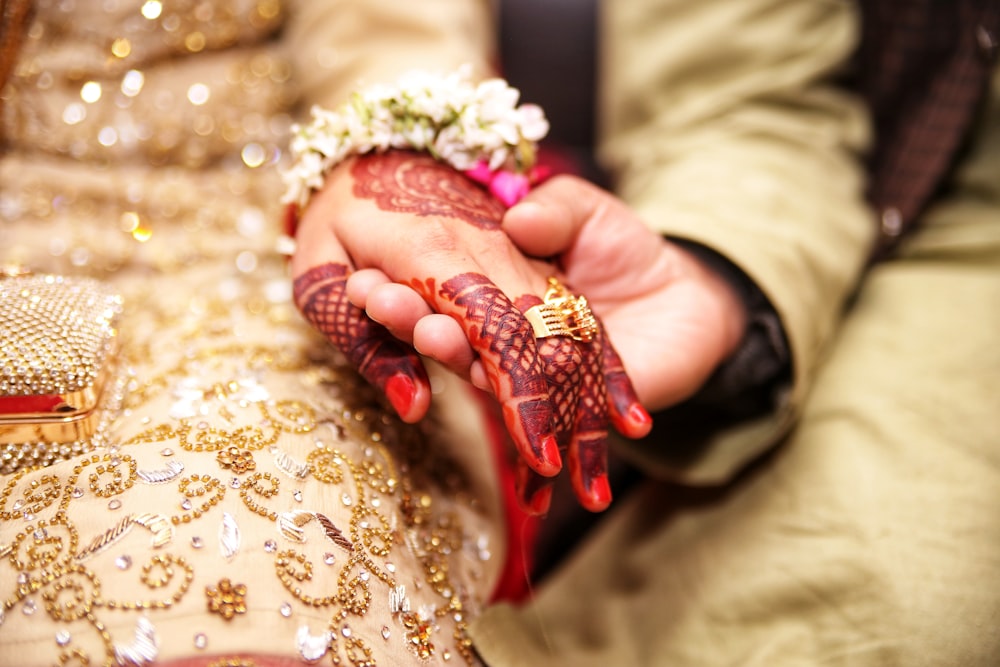Let the Matriarchy Begin?
Marriage, patriarchy and their normalized coexistence have been a pivotal driving force within the Indian society since times immemorial. For the better part of history, questions surrounding the institution of marriage have either been silenced in the name of taboo or the conservatives have shamed the inquirers to oblivion.
However, today we talk. Today we discuss patriarchy and how it continues to exist in every marriage. Let’s try to demystify and discuss archaic traditions surrounding marriage and break the cycle of patriarchy.
Traditions or Trials?
India, a land of many traditions and cultures has seen the rise of feminism to a certain degree across several facets within the social and political arena of the nation. However, marriage as an institution, its societal requirement and ceremonial representation have remained an exception to the change.
Breaking patriarchal stereotypes continues to remain an anomaly which is considered trend setting. The judicial system and mainstream media have been latent in the process of normalising choice over tradition for Indian brides.
Like Sita in Ramayana who was forced to walk through fire to prove her fidelity to the world, society demands Indian brides to be beautiful, pure, submissive, meek and domesticated which is almost synonymous to a fire trial.
Marriage rituals portray women as commodities who need to be protected and transferred from her father’s protection to her husband’s. Practices such as Kashiyatra, Manglik vivaah, changing of the bride’s identity after marriage are some of the several instances of archaic traditions that have existed over the centuries despite their symbolic discrimination.
Dowry continues to cause death and devastation to the lives of several young brides and their families who fail to meet the monetary expectations of the groom and their lineage. These women are harassed and killed and their parents are plunged into decades of debt in the name of marriage traditions.
Kanyadaan is another such tradition which perpetuates the male ownership of their female partners under the shadows of ceremony and tradition. The Kanyadaan reduces the bride to a transferrable resource thus undermining the competence of women who are capable of supporting themselves both financially and emotionally.
The wedding night virginity test imposed on brides across the country continues to remain the worst of the Indian marriage traditions where the bride, her self-worth, her integrity, her body are tainted and humiliated to satiate dogmatic men and women who have been propagators of patriarchy in the Indian society.
The expectation of blood stains on the white bed sheet is symbolic of the failure of the years of struggle and wars women have fought for basic rights in India. The irony and gross discrimination lie in the fact that female pleasure and sex continues to remain a taboo conversation in India while tests for virginity are encouraged and practiced explicitly in the name of ceremonial fanfare.
Ek Chutki Sindoor, Yay or Nay?
Symbols like red bangles, sindoor, mangalsutra, thaali which Indian women are expected to indulge imply their ownership and marital status to the world. On the contrary men are not expected to assume these markers, neither are they expected to change their last names or move from their parental residence to another all of which are considered a woman’s fate since birth.
Women are still groomed across India to be domesticated and dedicated wives instead of strong successful and financially independent in their own terms.
Under the Goods and Services Tax, items like sindoor, mangalsutra etc are listed under tax free items whereas menstrual hygiene products like sanitary napkins and tampons continue to attract tax of 12% or 14%.
This discrimination by the Government focuses how the normative understanding of Indian nuptials is prioritised over hygiene and health for women in the country. The historic symbolism of these markers explicitly demonstrates the patriarchy existent at the grassroots of the institution of marriage.
The primary issue I continue to have with said symbols is their imposition on women.
Unlike what society dictates why can’t my identity remain my accomplishments even after my marriage? Why is it essential that I parade my marital status to the rest of the world to see even when my husband is given the choice to continue living his life in the same manner? Why is my choice to not confirm deemed as a rebellion instead of a decision?
Made in Heaven?
We’re taught to choose between right and wrong at a young age but no one tells us that to not marry or not procreate is also a possible reality for us. Patriarchy, misogyny, sexism, misappropriation is entrenched in the institution of marriage but that’s not where it ends, that’s just the beginning.
With time our generation might successfully change the ceremonial obstacles in marriage but it’ll require the holistic unlearning of an entire generation in order to transform marriage from a requirement to a choice of union between people of all kinds.
Instead of celebrating ownership, commodification of women, erasing a whole spectrum of gender and identities, marriage should just be about two people uniting by consent and choice and living their lives together as equals in the future.
Inclusivity for individuals across the LGBTQIA+ spectrum in the institution of marriage is extremely important if progress is to be attained. Let’s reimagine and revolutionise marriages, challenging one problematic tradition at a time until we win our fight?
Written by - Kanchana Chakravarty
Edited by - Isha Singh











.jpeg)
.JPG)

0 Comments